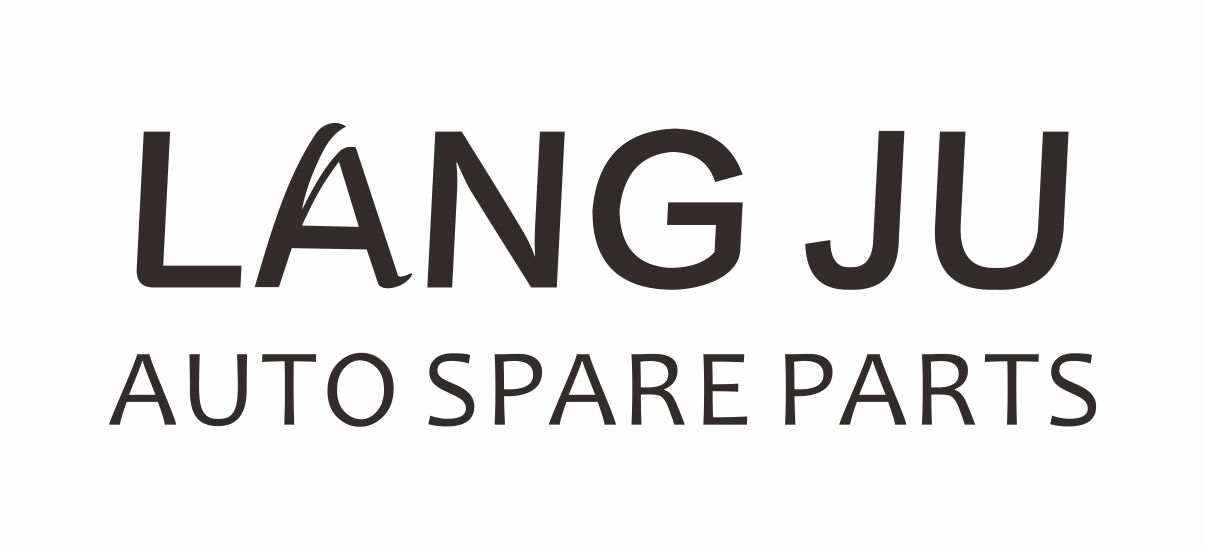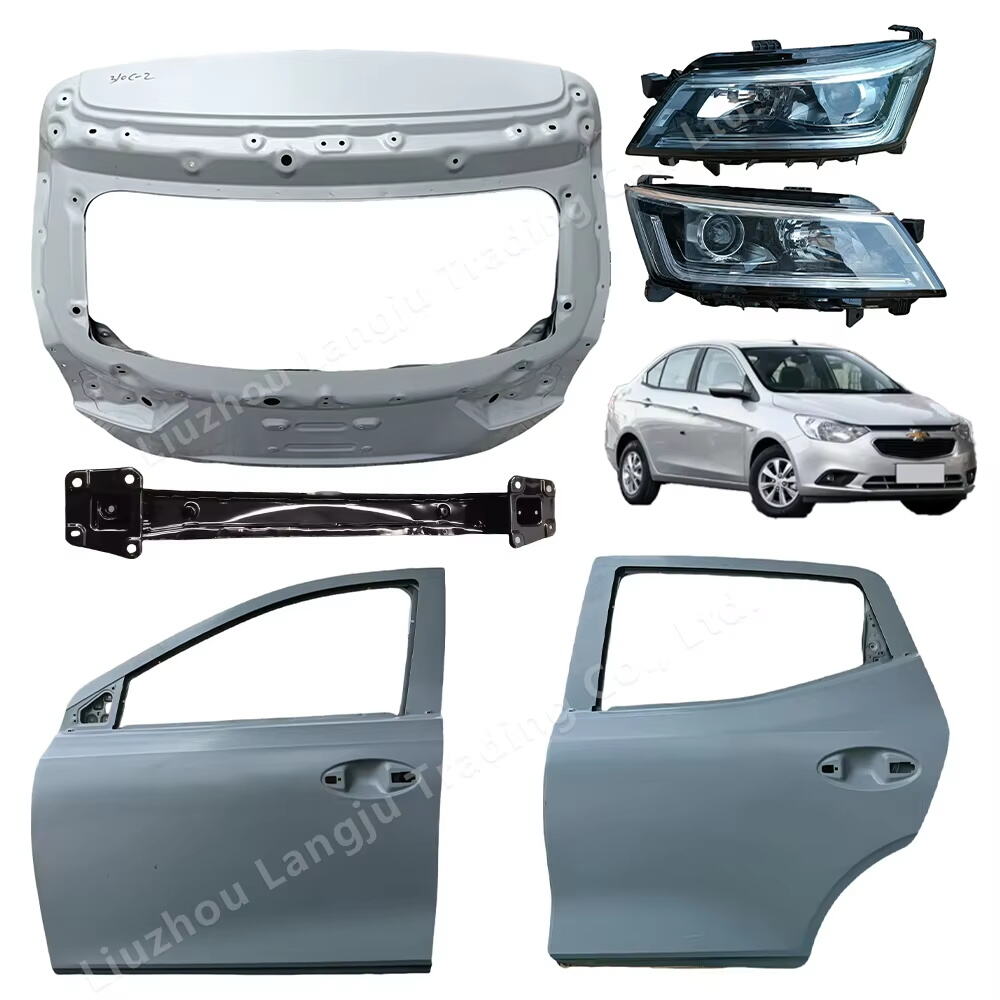تولید قطعات خودرو عملکرد و ایمنی هر وسیله نقلیه ای را که استفاده می کنید هدایت می کند. این تضمین می کند که اجزای ضروری استانداردهای بالایی برای دوام و کارایی دارند. این صنعت از فناوریهای پیشرفته برای ایجاد قطعاتی استفاده میکند که وسایل نقلیه را روان نگه میدارد. از موتورها گرفته تا سیستم های ترمز، هر قسمت نقش مهمی در حمل و نقل مدرن ایفا می کند. هر بار که رانندگی میکنید، از نوآوریهای آن بهره میبرید، زیرا نحوه عملکرد وسایل نقلیه را شکل میدهد و بر اقتصاد جهانی تأثیر میگذارد.
فرآیندهای کلیدی در ساخت قطعات خودرو
شکل دهی فلز
شکل گیری فلز نقش مهمی در تولید قطعات خودرو دارد. شما با یک ورق فلزی خالی شروع می کنید، که تحت تمباکرن و تغییر شکل قرار می گیرد تا قطعات ضروری خودرو را ایجاد کند. فشارها به اندازه ای دقیق برای شکل دادن فلز به شکل مورد نظر اعمال می شوند. این فرآیند تضمین می کند که قطعات مانند پانل های بدن، درب ها و هود ها با مشخصات دقیق مطابقت داشته باشند. چاپ نه تنها یکپارچگی ساختاری این اجزای را افزایش می دهد بلکه تولید انبوه با کیفیت ثابت را نیز امکان پذیر می کند.
تکیه دادن
فورجینگ بر ایجاد قطعاتی تمرکز دارد که به استحکام و دوام استثنایی نیاز دارند. در این فرآیند، فلز را تا دمای خاصی گرم میکنید و سپس با استفاده از نیروهای فشاری به آن شکل میدهید. این روش ساختار داخلی مواد را بهبود می بخشد و آن را در برابر سایش و پارگی مقاوم تر می کند. اجزای آهنگری مانند میل لنگ، میله های اتصال و چرخ دنده ها در شرایط سخت عملکرد قابل اعتمادی دارند. شما از ایمنی و طول عمر بیشتر این قطعات بهره مند می شوید. آهنگری به دلیل توانایی آن در ارائه چقرمگی بی بدیل، یک انتخاب ارجح برای اجزای حیاتی خودرو باقی می ماند.
استخراج
اکستروژن شامل فشار دادن فلز یا پلاستیک گرم شده از طریق قالب برای تشکیل اجزایی با سطح مقطع ثابت است. این فرآیند برای تولید قطعاتی مانند قاب آلومینیومی، لوله و قطعات تزئینی ایده آل است. متوجه خواهید شد که اجزای اکسترود شده اغلب دارای طرح های سبک وزن هستند بدون اینکه استحکام را کاهش دهند. سازندگان برای ایجاد قطعاتی که به کارایی سوخت و عملکرد خودرو کمک می کنند، به اکستروژن متکی هستند. تطبیق پذیری این روش امکان تولید اشکال ساده و پیچیده را فراهم می کند و نیازهای متنوع وسایل نقلیه مدرن را برآورده می کند.
فن آوری های ماشینکاری پیشرفته
فناوری های پیشرفته ماشینکاری نقشی حیاتی در تولید قطعات خودرو ایفا می کند. سنگ زنی، سنگ زنی، و ساخت چرخ دنده، این روش ها تضمین می کنند که قطعات با مشخصات دقیق مطابقت دارند و عملکرد بهینه را ارائه می دهند. هونینگ سطح اجزای استوانه ای مانند سیلندرهای موتور را بهبود می بخشد. این فرآیند عیوب کوچک را از بین می برد و عملکرد صاف را تضمین می کند و اصطکاک را کاهش می دهد. از طرف دیگر، سنگ زنی با حذف مواد اضافی، قطعات را شکل داده و تکمیل می کند. تمرکز تولید چرخ دنده بر تولید چرخ دنده هایی با پروفیل های دندانه دقیق است. این چرخ دنده ها انتقال یکپارچه نیرو را در وسیله نقلیه شما تضمین می کند و عملکرد و قابلیت اطمینان را افزایش می دهد.
اتوماسیون و رباتیک
اتوماسیون و رباتیک در تولید قطعات خودرو انقلاب ایجاد کرده اند. این فناوری ها فرآیندهای تولید را ساده تر می کنند و به تولید کنندگان اجازه می دهند تا کارایی و دقت بیشتری را به دست آورند. ربات ها کار های تکراری مانند جوشاندن، مونتاژ و دستکاری مواد را با دقت بی نظیر انجام می دهند. آنها خطر خطای انسانی را کاهش می دهند، اطمینان حاصل می کنند که هر جزء با استانداردهای کیفیت سختگیری مطابقت دارد.
تحول در صنعت ساخت قطعات خودرو
تحولات تاریخی
صنعت تولیدی قطعات خودرو در طول زمان تغییرات قابل توجهی را تجربه کرده است. در روزهای اولیه، شما می بینید که کارگران هر قطعه را به صورت دستی می سازند. این فرآیند نیازمند کار و زمان بسیار زیادی بود که ظرفیت تولید را محدود می کرد. معرفی خطوط مونتاژ صنعت را انقلابی کرد. این روش که در اوایل قرن بیستم توسط هنری فورد آغاز شد، به تولید کنندگان اجازه داد تا قطعات را سریعتر و کارآمدتر تولید کنند. هر کارگر بر یک کار خاص تمرکز می کرد، اطمینان از ثبات و کاهش اشتباهات.
پیشرفت های تکنولوژیکی
فناوری نقش مهمی در پیشرفت تولید قطعات خودرو داشته است. سیستم های طراحی به کمک کامپیوتر (CAD) و ساخت به کمک کامپیوتر (CAM) فرآیندهای طراحی و تولید را ساده کرده اند. با CAD، میتوانید مدلهای دیجیتالی دقیقی از قطعات ایجاد کنید و از دقت قبل از شروع تولید اطمینان حاصل کنید. سپس CAM این طرحها را به دستورالعملهایی برای ماشینآلات خودکار، کاهش ضایعات و بهبود کارایی ترجمه میکند.
روند آینده
ظهور وسایل نقلیه الکتریکی (EV) فرصت های جدیدی را در تولید قطعات خودرو ایجاد کرده است. به عنوان صاحب یک خودرو، شما به اجزای تخصصی مانند باتری ها، موتورهای الکتریکی و الکترونیک قدرت وابسته هستید. تولیدکنندگان سرمایه گذاری زیادی در تحقیقات و توسعه برای بهبود این قطعات انجام می دهند. باتری های با ظرفیت بالا با زمان شارژ سریعتر و طول عمر طولانی تر در حال تبدیل شدن به یک اولویت هستند. موتورهای الکتریکی برای بهره وری بیشتر و کاهش تلفات انرژی طراحی می شوند.
پایداری به یک تمرکز کلیدی در صنعت تبدیل شده است. ممکن است متوجه تغییر فزاینده ای به سمت شیوه های سازگار با محیط زیست در تولید شوید. شرکت ها برای کاهش انتشار گازهای گلخانه ای و حفظ منابع، فناوری های سبز را به کار می گیرند. برنامه های بازیافت فلزات و پلاستیک به کاهش ضایعات کمک می کند. منابع انرژی تجدید پذیر مانند انرژی خورشیدی و بادی در حال ادغام در تاسیسات تولید هستند.
تولید قطعات خودرو نقشی حیاتی در شکل دادن به وسایل نقلیه ای دارد که هر روز به آنها تکیه می کنید. این صنعت در طول زمان متحول شده است و با پیشرفت های تکنولوژیکی و نیازهای بازار در حال تحول سازگار شده است. این شرکت به نوآوری خود ادامه می دهد و بر ایجاد اجزای کارآمد، بادوام و پایدار تمرکز می کند. به عنوان یک مصرف کننده، از طریق بهبود عملکرد خودرو و شیوه های سازگار با محیط زیست از این پیشرفت ها سود می برید. آینده این صنعت نوید نوآوری حتی بیشتر را می دهد و تضمین می کند که ضمن رسیدگی به چالش های زیست محیطی، نیازهای حمل و نقل مدرن را برآورده می کند.

